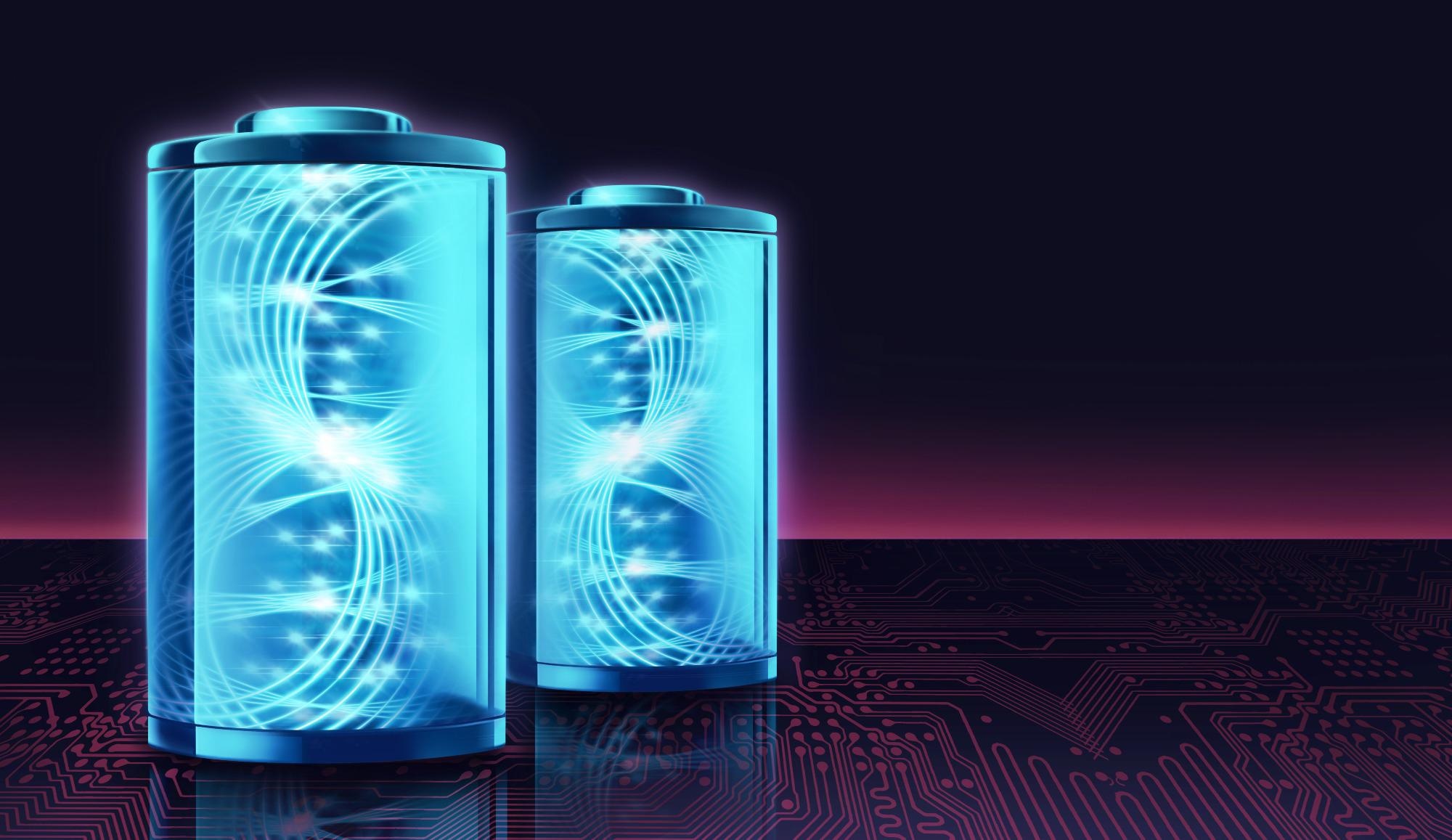A nitrogen-doped carbon-coated nickel anode can catalyze a crucial reaction in hydrogen fuel cells at a small percentage of the cost of the precious metals presently used, according to scientists from Cornell University.

Image Credit: Shutterstock.com/Rich T Photo
The new discovery could hasten the extensive use of hydrogen fuel cells, which demonstrate great potential as efficient, clean energy sources for automobiles and other applications.
It is one of a series of innovations for the Héctor D. Abruña lab at Cornell University in their constant search for durable, active, low-cost catalysts for use in alkaline fuel cells.
This finding makes progress toward using efficient, clean hydrogen fuel cells in place of fossil fuels.
Héctor D. Abruña, the Emile M. Chamot Professor, Department of Chemistry and Chemical Biology, College of Arts and Sciences, Cornell University
The results have been published in the March 21st issue of the Proceedings of the National Academy of Sciences.
Costly precious metals, like platinum, are presently necessary for hydrogen fuel cells to masterfully catalyze the reactions they employ to generate electricity. Even though alkaline polymer electrolyte membrane fuel cells (APEMFCs) allow the use of nonprecious metal electrocatalysts, they lack the required durability and performance to substitute precious-metal-based platforms.
A fuel cell generates electricity via an oxygen reduction reaction (OOR) and hydrogen oxidation reaction (HOR). Platinum is a perfect catalyst for both reactions as it catalyzes them adeptly, and is resilient in the acidic setting of a PEM fuel cell, Abruña explained.
But What About Other Materials?
The scientist's experiments with nonprecious-metal HOR electrocatalysts needed to overcome two major issues: low intrinsic activity from extremely strong hydrogen binding energy, and weak durability because of fast passivation from metal oxide formation.
To surpass these issues, the scientists engineered a nickel-based electrocatalyst with a 2-nm shell composed of nitrogen-doped carbon.
Their hydrogen fuel cell comprises an anode (in which hydrogen is oxidized) catalyst containing a solid nickel core enclosed by the carbon shell. When coupled with a cobalt-manganese cathode (where oxygen is decreased), the subsequent hydrogen fuel cell that is totally precious-metal-free outputs over 200 milliwatts/cm2.
Nickel oxide species present on the nickel electrode’s surface demonstrate the hydrogen oxidation reaction vividly, Abruña stated. The nitrogen-doped carbon coating acts as a guard layer and improves the HOR kinetics, making the reaction faster and a lot more efficient.
Furthermore, the existence of the graphene coating on the nickel electrode stops the creation of nickel oxides — resulting in electrodes with significantly improved lifetimes. These electrodes also have better tolerance to carbon monoxide, which quickly poisons platinum.
The use of this novel anode would dramatically lower prices enabling the application of alkaline fuel cells in a wide variety of areas.
Héctor D. Abruña, the Emile M. Chamot Professor, Department of Chemistry and Chemical Biology, College of Arts and Sciences, Cornell University
The co-authors of the study include Francis DiSalvo, the John A. Newman emeritus professor of chemistry; Yao Yang, PhD ’21; David Muller, the Samuel B. Eckert Professor of Engineering in the College of Engineering and the co-director of the Kavli Institute at Cornell for Nanoscale Science, as well as collaborators from Wuhan University in the laboratory of Lin Zhuang and University of Wisconsin, Madison with Manos Mavrikakis.
In February, Abruña and the team, including DiSalvo, found that a cobalt nitride catalyst is almost as effective as platinum in catalyzing the oxygen reduction reaction.
This research’s funding was from the Center for Alkaline-Based Energy Solutions, an Energy Frontier Research Center financially supported by the U.S. Department of Energy, Office of Science, Basic Energy Sciences, and the Zhuang research group at Wuhan University, China, aided by the National Natural Science Foundation of China.
STEM facilities at the Cornell Center for Materials Research are aided via the National Science Foundation Materials Research Science and Engineering Center. The computational work was partly carried out using the supercomputer resources at the National Energy Research Scientific Computing Center and at the Center of Nanoscale Materials at Argonne National Laboratory.
Journal Reference:
Gao, Y., et al. (2022) A completely precious metal–free alkaline fuel cell with enhanced performance using a carbon-coated nickel anode. Proceedings of the National Academy of Sciences. doi.org/10.1073/pnas.2119883119.